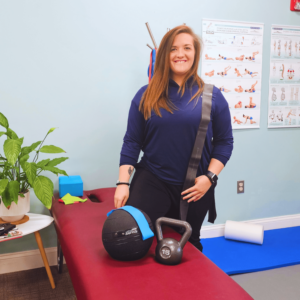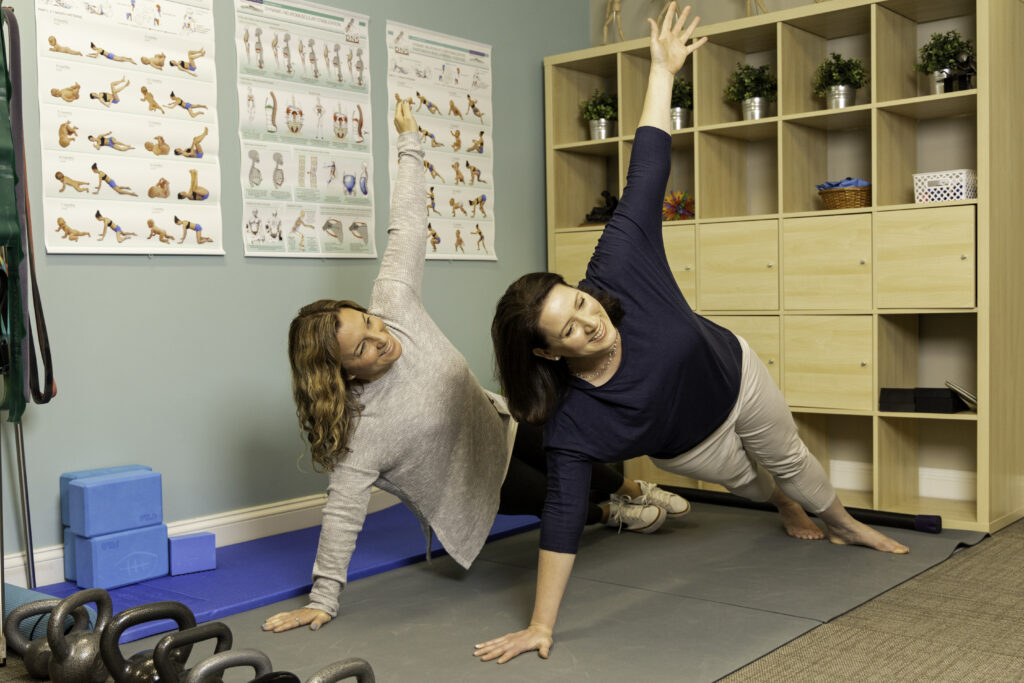The average human head weighs about 8 pounds. Each day we all walk around with a bowling ball (our head) balancing on a toothpick (our neck). We are designed this way to allow for the full range of motion we all know and love. Even under the best circumstances, this places a lot of stress on our spine. But leaning forward even just 15 degrees pushes that weight up to 30 pounds, and with a 30-degree tilt, it’s closer to 40 pounds! Driving a car, working on the computer, and using a tablet/phone all usually result in less than ideal posture. When you’re constantly looking down at your phone, or focusing too long on your computer monitor without moving around, your muscles supporting your head and neck start to fatigue, causing neck pain. Over a period of time, the following things tend to happen:
● The discs in your neck get compressed.
● The elastic ligaments that connect your vertebrae together are stretched. When ligaments are overstretched, your brain signals the connected muscles to tighten, so your head doesn’t fall off.
● These tightened muscles, especially the deep ones in the front of your spine, can further compress the discs.
● This compression can create tension on the nerves that exit your neck and provide power to your shoulder and arm muscles.
● These deep neck muscles, called the scalenes, also help move your upper ribs when you breathe deeply. If they’re already under stress trying to hold your head up, they may not be able to help with the breathing part. So neck tension can affect your breathing.
● The muscles that attach the back of your skull to your neck are directly connected to the dura, which is the outer covering of your brain. This is a common cause of tension and migraine headaches, and/or pain that radiates around your head and eyes.
● Speaking of eyes — did you know that the white part of your eye is actually a continuation of the covering of your brain? Also, in order for your brain to keep your head and body upright and stable, the eye muscles and neck muscles have to work together. This is what contributes to eyestrain-type headaches.
If you are suffering from headaches, muscle pain, breathing problems, or dizziness associated with a neck strain, let us know. We would love to provide you with some exercises you can do at work to help strengthen the muscles supporting your spine and combat these muscle imbalances. We are here to help you move better, heal better, and feel better!
Science Source(s):
The Physiology of the Joints, Volume III. 6th ed. London: Churchill Livingstone; 2007.
Myofascial trigger points, neck mobility and forward head posture in unilateral migraine. Cephalalgia 2006





